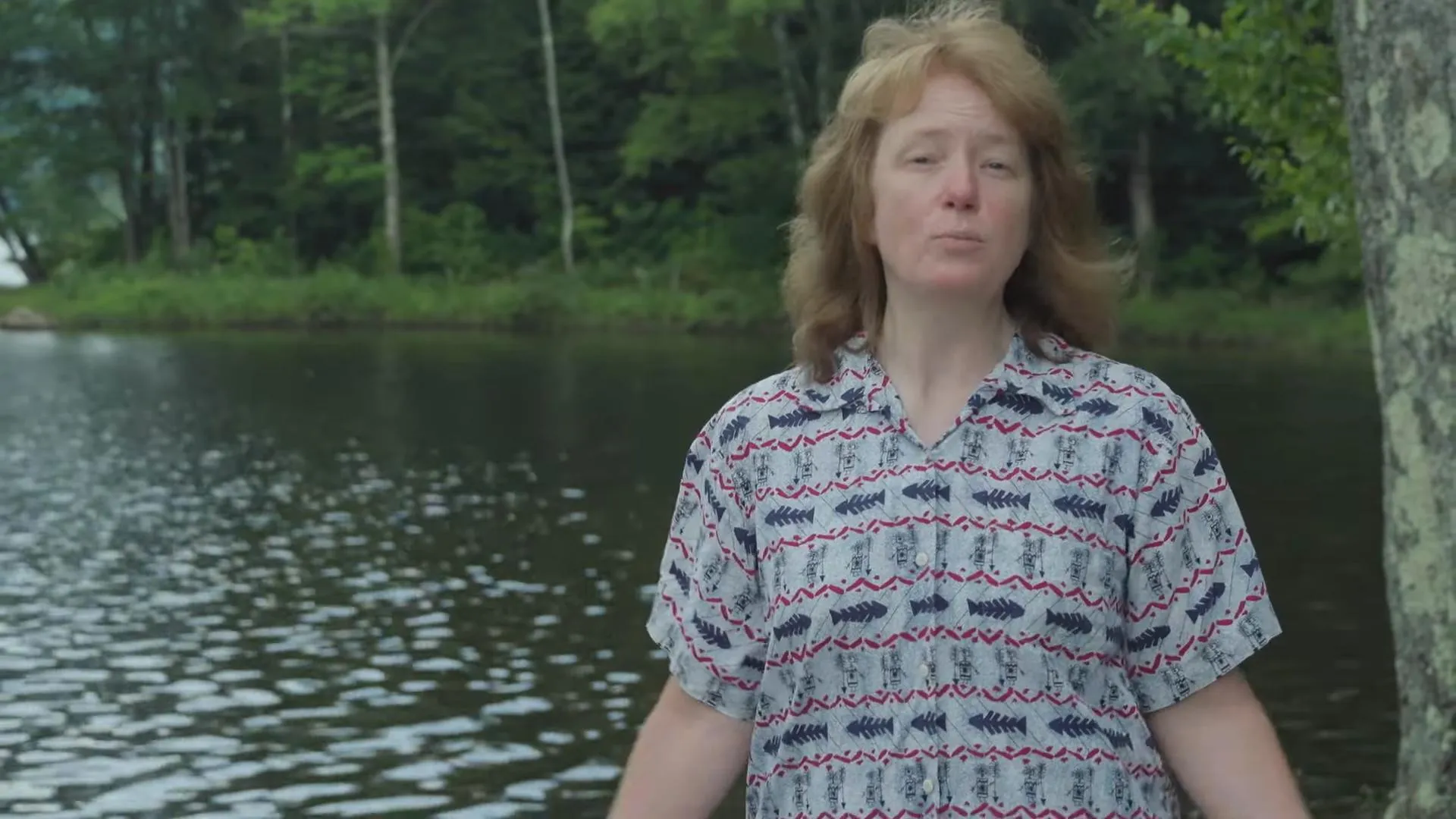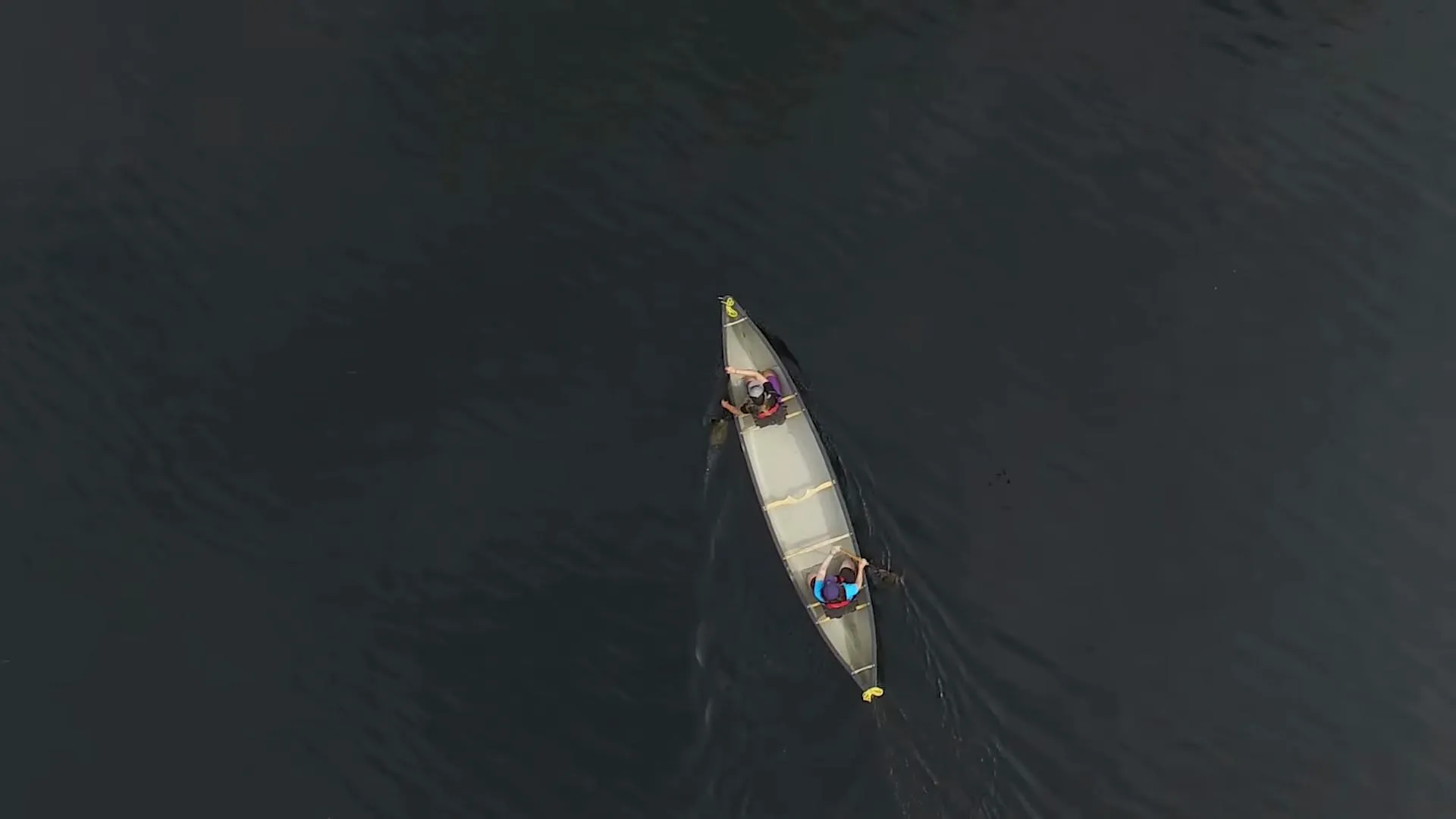Canoeing Safety: The Golden Rules to Keep You Safe on the Water
As you prepare to embark on your next canoeing adventure, have you ever stopped to think about the importance of Canoeing Safety? What are the essential rules to follow to ensure a fun and safe experience on the water? Can you choose the right paddling trip, use the power of your torso for all your strokes, and have a plan in case you capsize? The answers to these questions and more are revealed in this article.
To answer your questions, yes, choosing the right paddling trip is crucial to ensure a safe and enjoyable experience. This means picking a route that is manageable for everyone in the group, with protection from wind and waves, easy access for launching and landing, and minimal motorized boat traffic. Additionally, using the power of your torso for all your strokes, not just your arms, is vital for efficient and safe paddling. And, having a plan in case you capsize is essential, even if you’re an experienced canoeist.
Key Takeaways:
* Choose an appropriate paddling trip with protection from wind and waves, easy access, and minimal motorized boat traffic.
* Use the power of your torso for all your strokes, not just your arms.
* Have a plan in case you capsize, including knowing how to reenter the canoe from the water or swim to shore.
* Create a float plan before every trip and give it to someone who isn’t on the trip.
Canoeing Safety: Choosing the Right Paddling Trip
Choosing the right paddling trip is the first golden rule of canoeing. This means selecting a route that is manageable for everyone in the group, with protection from wind and waves, easy access for launching and landing, and minimal motorized boat traffic. Look for calm bays or quiet lakes and river ways without noticeable current. As a general rule, if you venture into water that isn’t protected from wind and waves, has current, or if you travel further from shore than you can comfortably swim, you’re entering a new world, and you’ll need to take extra precautions to protect yourself and your group.
Factors to Consider When Choosing a Paddling Trip
* Protection from wind and waves
* Easy access for launching and landing
* Minimal motorized boat traffic
* Calm bays or quiet lakes and river ways without noticeable current
The Power of Your Torso: Efficient and Safe Paddling
The second golden rule of canoeing is to use the power of your torso for all your strokes, not just your arms. Think of yourself as a tree, where the trunk gives the tree its strength, not the smaller branches. The way to use your torso to power your strokes is through torso rotation, which means twisting at the waist when you take a stroke. For example, when taking a forward stroke, don’t just power the stroke with your arms, but with your whole upper body.
Tips for Using Your Torso to Power Your Strokes
* Twist at the waist when taking a stroke
* Use your whole upper body to power the stroke
* Practice torso rotation to improve your paddling efficiency and safety
Having a Plan in Case You Capsize
The third golden rule of canoeing is to have a plan in case you capsize. Even though most canoeists will never experience a capsize, everyone needs to be prepared for the unexpected. There are two real ways to deal with a capsize: reentering the canoe from the water or swimming to shore. However, reentering the canoe from the water is challenging and probably not realistic unless you’ve taken a canoeing course and practiced the skill.
Tips for Dealing with a Capsize
* Always wear a life jacket
* Stay close enough to shore so that you can swim if necessary
* Practice reentering the canoe from the water or swimming to shore
Creating a Float Plan: A Vital Part of Canoeing Safety
The fourth and final golden rule of canoeing is to create a float plan before every trip and give it to someone who isn’t on the trip. This can dramatically speed up the time it takes for your group to be found if a rescue ever becomes necessary. The easiest way to create and send a float plan is with the ACA’s Paddle Ready app, which is available for free online.
Tips for Creating a Float Plan
* Use the ACA’s Paddle Ready app to create and send a float plan
* Give the float plan to someone who isn’t on the trip
* Include details such as your route, expected return time, and contact information
In conclusion, following the golden rules of canoeing can ensure a fun and safe experience on the water. By choosing the right paddling trip, using the power of your torso for all your strokes, having a plan in case you capsize, and creating a float plan, you can minimize the risks associated with canoeing and enjoy the many benefits of this wonderful sport.
For more information on canoeing safety, visit the Minnesota Department of Natural Resources or EEk! Wisconsin websites.



